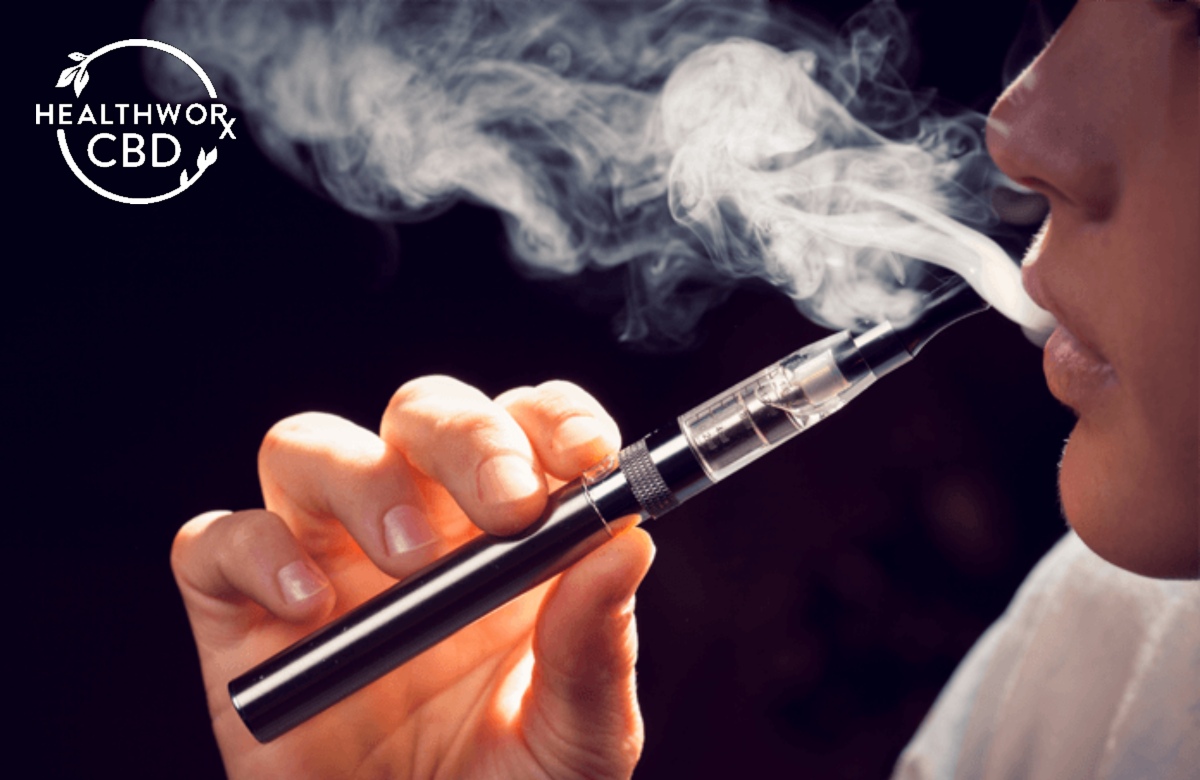The devastating consequence of drug abuse happens into the brain. The most commonly abused drugs are known to improve chemical activity inside the brain. While some of these changes may be reversible, others can lead to potentially fatal disturbance of essential brain functions; they could additionally cause irreversible damage to one other vital organs and systems of the body.
The most common drugs of misuse are categorized into different types. Two of the types would be the central nervous system (CNS) depressants along with the CNS stimulants. Each of these two types has a unique specific effects and long term hazards, and working with them requires specific treatments as well.
CNS Depressants:
Contained in this type are the barbiturates and tranquilizers. The former https://www.trythecbd.com are medically applied as sedatives and antispasmodics, whilst the latter are utilized to reduce mental disturbance. On the streets, these drugs are known as”downers.” When mistreated, they could cause slowed heart rate and breathing, lethargy, unsteady gait, slurred speech, and confusion.
The chances with the previous one occurring is especially high when the drugs are linked with alcohol. Withdrawal symptoms include perspiration, jitteriness, disorientation, convulsions, delirium, and hallucinations. Untreated withdrawal can lead to death.
Treatment is by reintoxication having a substitute barbiturate, which is followed closely by a carefully tracked and scheduled withdrawal.
CNS Stimulants:
These are the opposites of their depressants; this is, they stimulate the central nervous system. The amphetamines, crack and cocaine are the 3 drugs in this category. The amphetamines are clinically utilized to treat hyperactive kids as well as the signs of narcolepsy.
Cocaine’s medical usage is as a topical anesthetic. Crack, on the other hand, is actually a potent form of cocaine that is used illicitly for smoking. These substances are well known on the streets as”uppers.” Abuse of these chemicals can lead to lack of appetite, restlessness, faster pulse, euphoria, anxiety, and depression.
Nasal ulcers, hallucinations, emotional dependence, paranoia and risk of heart failure are a few of the long-term hazards associated with misuse of those drugs. Withdrawal symptoms include irritability, exhaustion, and severe depression.
Treatment is by grouping therapy or alternative forms of counselling, substantially similar to those used for alcohol misuse.
